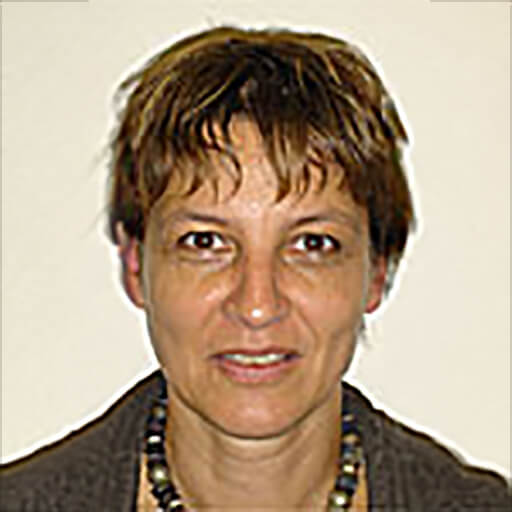An Integrated Approach to Proteomic Analysis of Aqueous Humor

About the Research Project
Program
Award Type
Standard
Award Amount
$100,000
Active Dates
April 01, 2010 - March 31, 2013
Grant ID
G2010024
Goals
Our research will address the question of what protein signaling pathways in the anterior segment of the eye are abnormal in glaucoma. By identifying the critical protein profiles that distinguish eyes with glaucoma from normal eyes, we are gaining significant insight into what causes elevated intraocular pressure in glaucoma.
Summary
Our overall goal is to figure out what causes glaucoma to occur in some persons but not in others. We think that we can learn much about this disabling disease by studying the very fluid that causes the eye pressure to be too high in persons with glaucoma. The eye fluid may hold important clues to what is not working properly in glaucoma and we now have the technology and the know-how to find these clues and put them together to solve the mystery of this disease. We believe that our approach is unique because we are looking for many clues at the same time instead of trying to find one clue at a time. We have been successful with this approach in studying heart disease and we think that glaucoma research would benefit from our previous experience. When our research is completed, we will have a much better understanding of why glaucoma occurs and this should help speed development of new treatments. To accomplish our goal, we are collecting eye fluid from persons undergoing eye surgery and we will identify the proteins that are only present in the fluid from persons with glaucoma. We are very grateful for the support we received for this project because it is the passion and commitment of donors that makes our research possible.
Grants
Related Grants
National Glaucoma Research
Saving Sight: A Journey to Healing Without Scars
Active Dates
July 01, 2024 - June 30, 2026

Principal Investigator
Jennifer Fan Gaskin, FRANZCO
Saving Sight: A Journey to Healing Without Scars
Active Dates
July 01, 2024 - June 30, 2026

Principal Investigator
Jennifer Fan Gaskin, FRANZCO
National Glaucoma Research
IOP-Related Gene Responses in the Optic Nerve Head and Trabecular Meshwork
Active Dates
July 01, 2024 - June 30, 2026

Principal Investigator
Diana C. Lozano, PhD
IOP-Related Gene Responses in the Optic Nerve Head and Trabecular Meshwork
Active Dates
July 01, 2024 - June 30, 2026

Principal Investigator
Diana C. Lozano, PhD
National Glaucoma Research
The Impact of Glaucoma on Light-Mediated Mood and Sleep Disorders
Active Dates
July 01, 2024 - June 30, 2026

Principal Investigator
Xiaorong Liu, PhD
The Impact of Glaucoma on Light-Mediated Mood and Sleep Disorders
Active Dates
July 01, 2024 - June 30, 2026

Principal Investigator
Xiaorong Liu, PhD



